SakenowaRecord your sake experiences and discover your favorites
乗丹坊Jotanbo
Brands from Bandai Shuzo
Jotanbo磐梯山
Similar Brands
We analyze the flavors based on everyone's comments and select similar brands.
RomanSimilar Characteristics
Location
Kanagamidan-2568 Bandai, Yama-gun, FukushimaOpen in Google Maps
Timeline
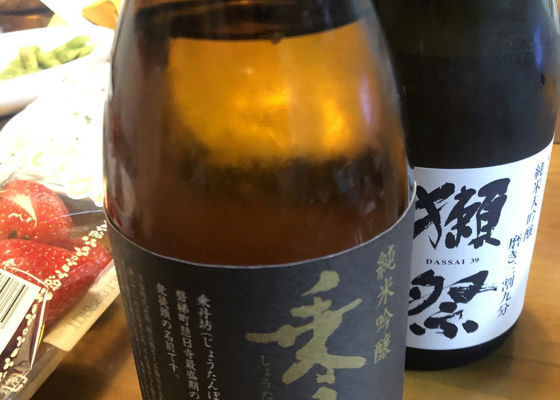
たむ
3rd one. LOL.
It seems harsh at first, but when I drank it, it was sweet and easy to drink!
Japanese>English

kanikani
Sake I received as a tax payment from my hometown as a memento of my trip.
It tastes sweet and easy to drink.
Japanese>English
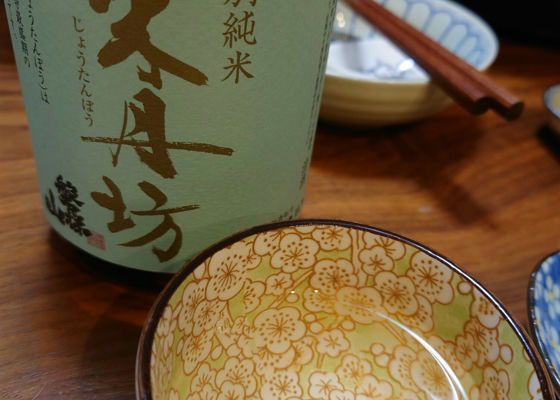
アザラシ3合
Seriously, best of encounter award of the year (≧▽≦).
It's mild and the texture of the water is smooth but firm and sweet! It will be gone really soon!
I should have bought more of it...lol...with crab casserole!
Alcohol content: 16%.
Polishing ratio: 58
Japanese>English
ぐがげご
Sake is good, but sake cups are better!
Japanese>English
アザラシ3合
Thank you, Gugagego-san! This is my favorite sake cup that I bought at Shinshu Kamerei liquor store in Ueda ( ꈍᴗꈍ)
Japanese>English
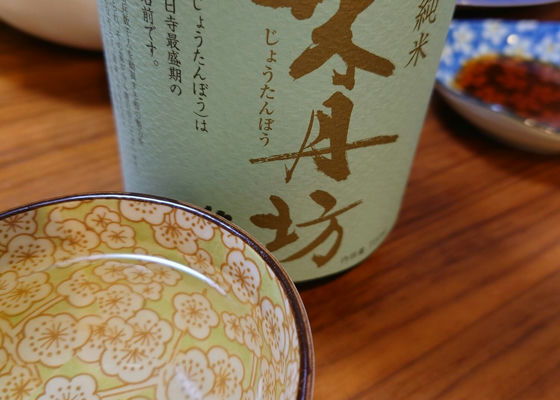
アザラシ3合
I stayed in Aizuwakamatsu for a consecutive holiday in October, and the sake I learned about at the inn was so delicious that I stopped by a liquor store on my way home and bought some! When I poured it, I could smell it from about 1 meter away! At dinner at the inn, someone who said "I make this" recommended it to me, but I wonder what kind of relationship it has with the inn?
I thought I was going to have about half, but in one night a four-pack of sake was gone in no time...! Bonito sashimi, with lettuce salad!
Alcohol content: 16%.
Rice polishing ratio: 58
Japanese>English
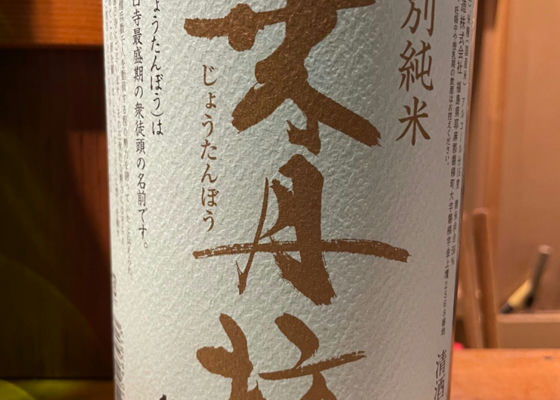
massa
There is nothing special about this sake, but it is well-balanced.
Japanese>English
ZdWHefjDsqCAUWj
Sweet but not too sweet
Well balanced
Japanese>English

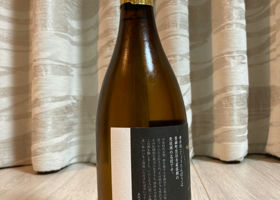
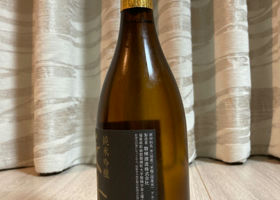
たしたし
@Uekiya
The sweetness is not so much felt and it flows smoothly. Most of the Junmai Ginjos so far have been fruity, so I feel it is a little lacking......
Japanese>English
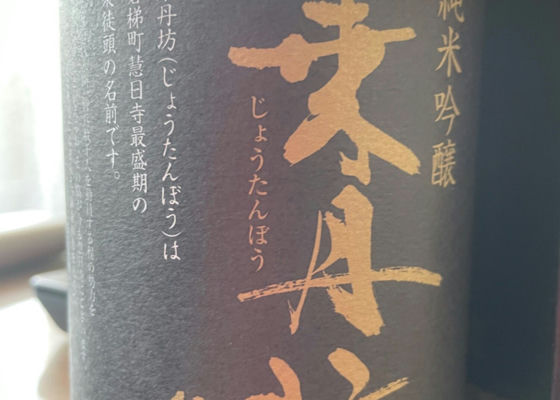
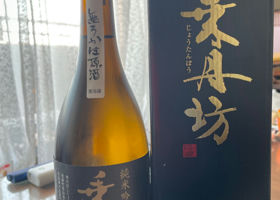
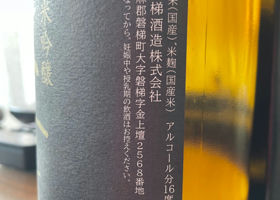

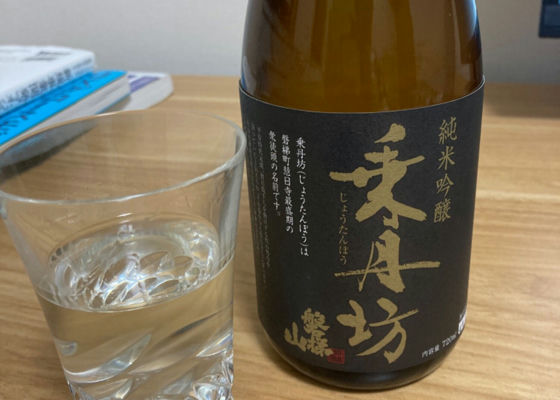
美酒三昧
Smooth drinking
Japanese>English
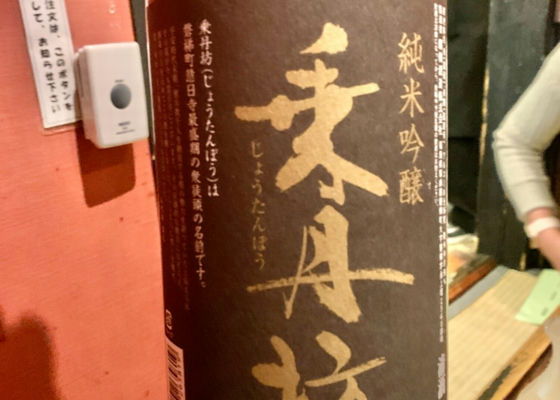
toriinui
No, Noritanbo...
Japanese>English

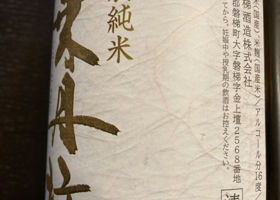
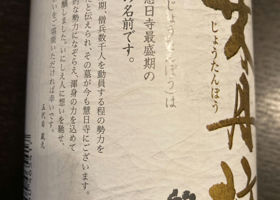
マカロニ
This sake brewery is located in Bandai town before going to Aizuwakamatsu. The last time I visited there, it was a Sunday when the brewery was closed, but I was able to buy some at Watanabe Sota Shoten.
The rice polishing ratio is 58% and the color is slightly golden when poured into a glass. It has a sweet ginjo aroma.
When you sip it at room temperature, you can feel the moderate sweetness and the flavor of the rice almost at the same time. This is quite high level and delicious!
The aftertaste has a slight spiciness and sharpness while retaining enough umami. This is my personal favorite type and it's delicious!
I think it has a good balance and will be popular with everyone.
Japanese>English
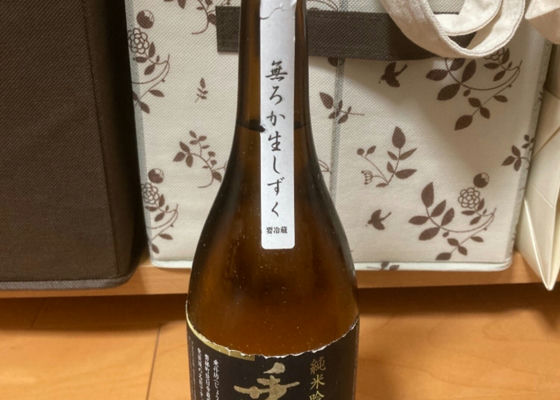
azumarill.pokemon
A sweet sake typical of Fukushima.
But it has a sharpness, so it was quite easy to drink.
Japanese>English
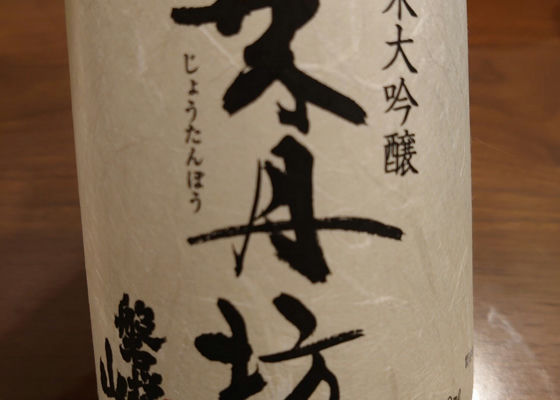
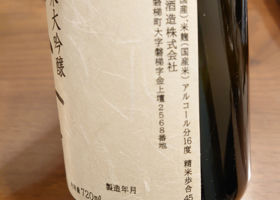
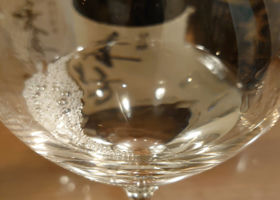
しみー
Silver in color with a transparent and slightly yellow impression.
The aroma is gorgeous, with yellow apples, melons, weak bananas, sweet vegetal scents like cerfille, elegant rice scents like Kamishinbako and Shiratama-dango, and an impression of Hinoki.
The attack is a little strong, and there is a mild sweetness, but the acidity is also there, and there is no gooey impression at all. The bitterness is mild and the structure is clean.
Compared to Junmai Ginjo, there is not that much difference in the taste itself, but the volume and spread of the aroma is different. Also, the acidity seems to be more than that of Tokubetsu Junmai and Junmai Ginjo.
However, the differences between the three are quite subtle when compared to the Tokubetsu Junmai, Junmai Ginjo and Junmai Daiginjo.
Gohyakumangoku
Rice polishing ratio 45%.
Utsukushima glittering yeast is used
Japanese>English
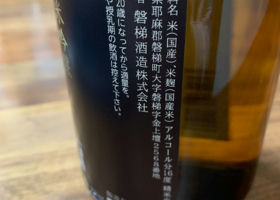
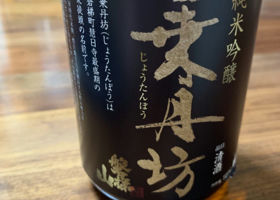
はわけうさぎ
Refreshing aroma
Not too bitter, but lightly
Japanese>English
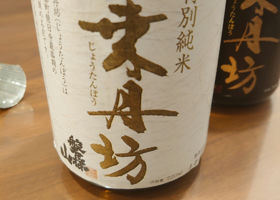
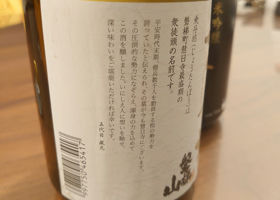
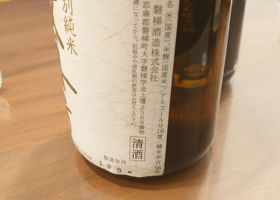
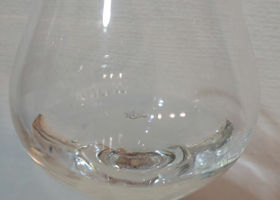
しみー
It has a crystal silver color with a transparent and faint green hue.
The nose is flamboyant, with fruits such as yellow apple and melon, with refreshing notes of cerfille and green bamboo, as well as an elegant rice-like aroma.
The attack is rather strong and has a mild sweetness. The acidity gives the impression of roundness. The acidity disappears quickly and the bitterness that gives fullness appears, but the aftertaste is rather long.
I thought it was a sake with a mellow balance.
It is delicious.
Although it is a special junmai, it has a ginjo aroma and is as delicious as junmai ginjo. Comparing it to the Jun Gin, the aroma is almost the same, but the Tokubetsu Junmai has more of a green vegetal nuance, and the acidity is weaker on the palate.
Gohyakumangoku
Rice polishing ratio 58
It is a full-flavored type, and its high acidity makes it difficult to get a bitter taste when it is heated up, so it can be perceived as a little dry.
Japanese>English
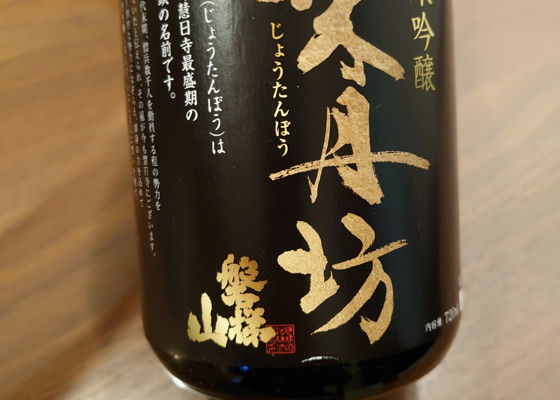
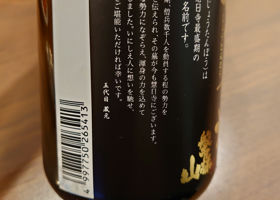
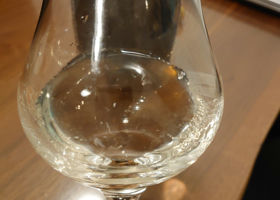
しみー
In hometown.
Ethyl caproate ginjo aroma of yellow apple, melon, etc., and lime on cerfille and topping. It has a beautiful aroma.
The attack is a little strong, with an elegant sweetness, smooth acidity, and a delicious bitterness.
The aftertaste is rather long and delicious.
Miyamanishiki
Polishing ratio 50%.
It is said to go well with fatty meat dishes.
Japanese>English
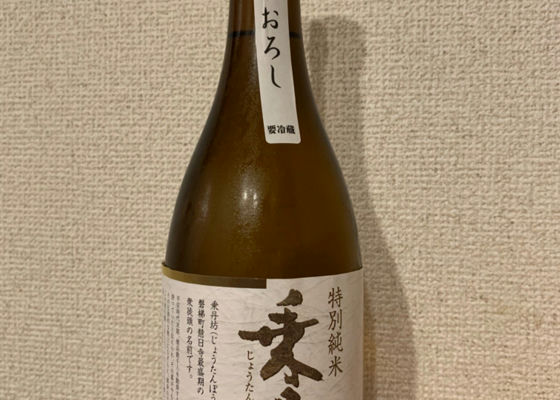
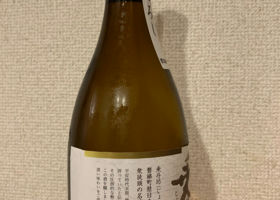
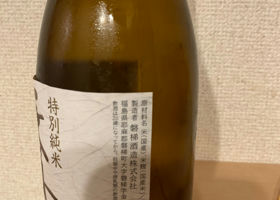
りんちゃん
Jotanbo (date of birth unknown - 1182) was a monk in the late Heian period. He was the head priest of Aizu Ennichiji Temple in Mutsu Province. At the end of the Heian period, Enninji Temple was so prosperous that it is said that there were "300 monks and thousands of priests". There is a memorial tower at the site of Keiritsuji Temple that is said to be the tomb of Joridanbo.
As the name implies, it was a stately drink.
Japanese>English
